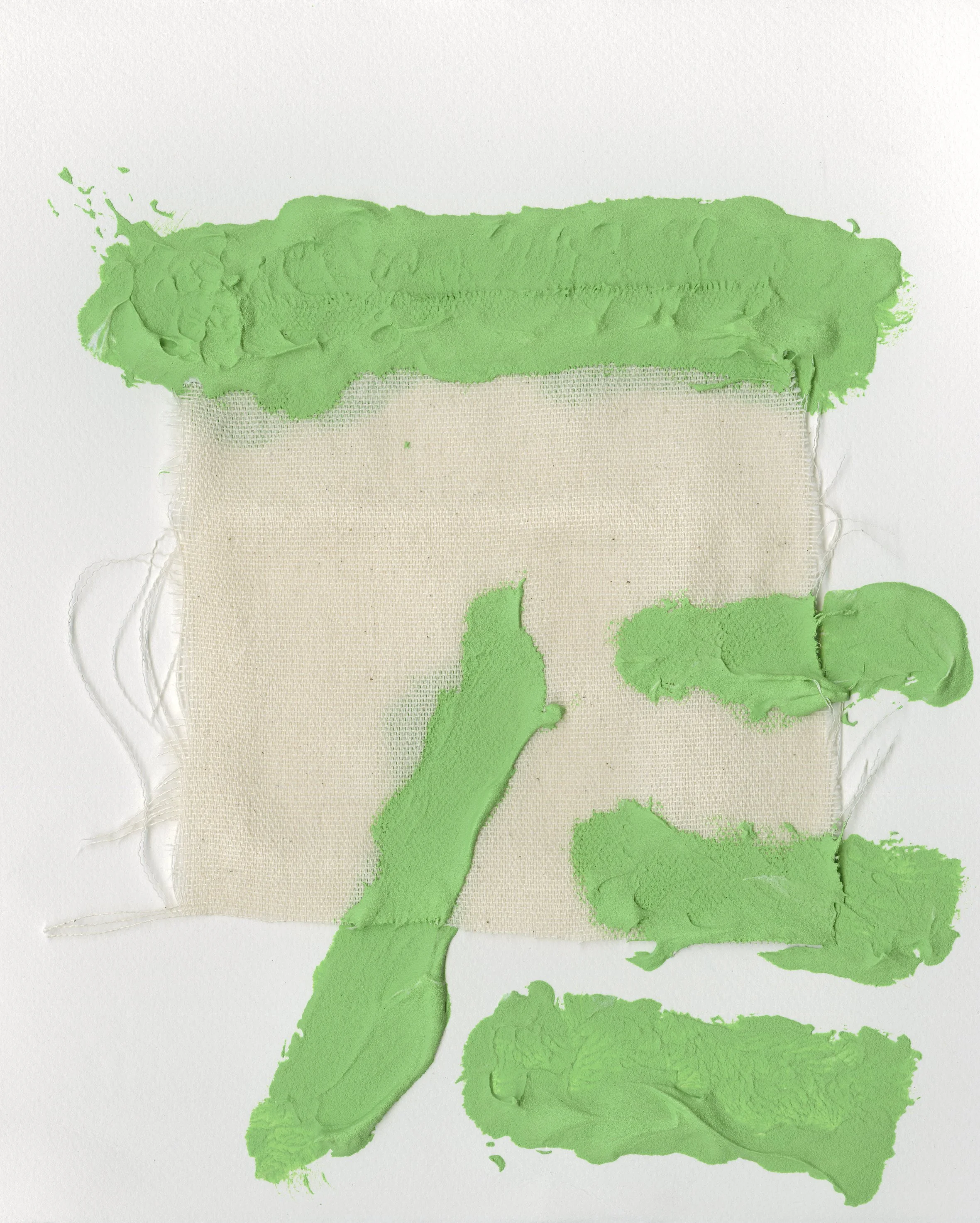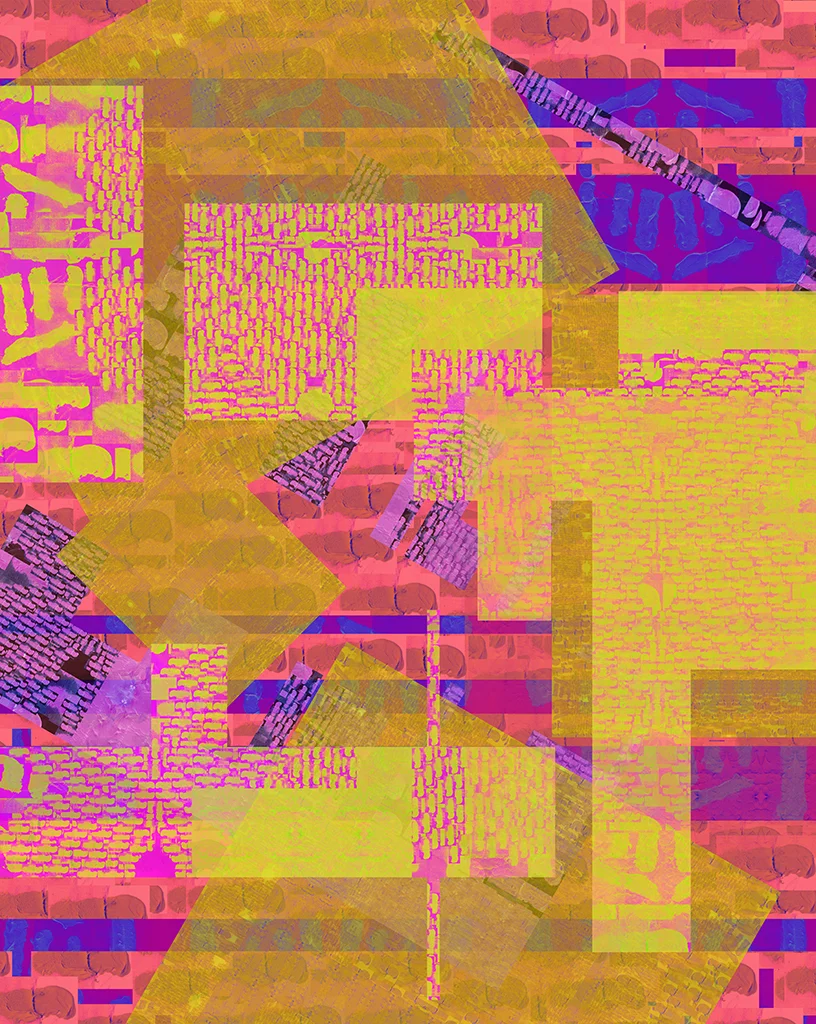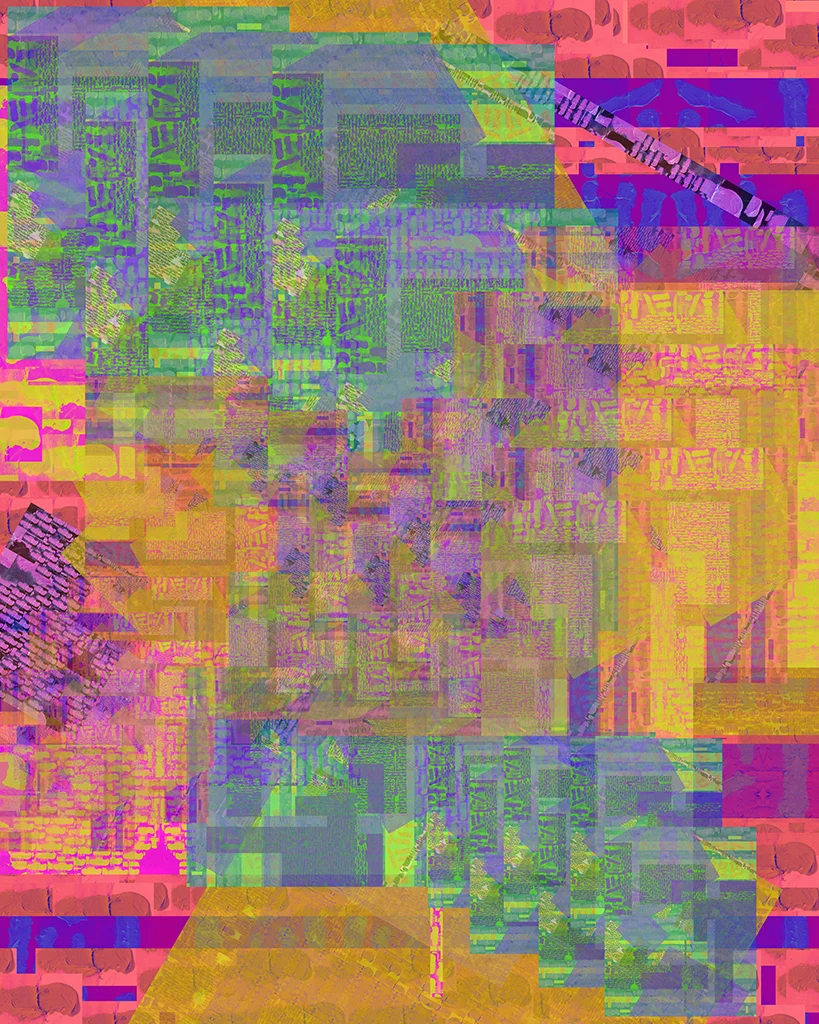Last month I finished the first portrait from my series Becoming a Pixel so I thought it was time to share a little more about the project:
Becoming a Pixel - Portrait 1/5, 2022, embroidery floss, Aida cloth, 7 x 7 inches, 36 hours of labour
My multidisciplinary practice explores the intersection of digital art and embroidery, through processes rooted in traditional craft. I’m interested in the dichotomy between fast-paced digital technologies and the time-consuming practices of cross-stitching, knitting, and other needlework. Through my laborious approach to making art, I mirror society’s obsession with technology and its ability to both connect and disconnect. My project Becoming a Pixel will be a series of cross-stitched self-portraits that visually demonstrate how digital technologies are impacting the way we view ourselves and engage in the world.
(Detail) Becoming a Pixel - Portrait 1/5, 2022, embroidery floss, Aida cloth, 7 x 7 inches
The Covid-19 pandemic has caused the world to evolve and adapt more towards digitization. The most convenient way to stay connected has been through our computers and devices. On the one hand, technology has been the glue that has held us together and it is how we have been able to express our frustrations, triumphs, and hardships through this new “normal”. Digital spaces are where we now spend most of our time. This means that our existence is almost always mediated through a screen or some form of digital technology.
On the other hand, the loss of physical connection has also caused us to feel more disconnected from each other. It can be hard to feel connected to others and have meaningful interactions through digital spaces. But it can also be challenging to stay truly connected to yourself. While using technology we are constantly being bombarded with advertisements and content that often become difficult to ignore. Algorithms curate most digital content, which means we have very little control over what we are being exposed to daily. With this loss of power, we begin to lose our sense of self, and our individuality can get lost in the void of virtual space.
Becoming a Pixel - Portrait 1/5, 2022, embroidery floss, Aida cloth, 7 x 7 inches, 36 hours of labour
The Becoming a Pixel series will emphasize the loss of self through virtual space, each of the five cross-stitched self-portraits will become progressively more pixelated from the previous one. The same black and white self-portrait will be used to create the cross-stitch pattern for each piece in the series. Now that the first pattern has been cross-stitched, it has been scanned and converted into a new cross-stitch pattern (which will be used for the second portrait). For each new pattern the number of pixels are reduced by fifty percent, but the number of cross-stitches in the patterns remain consistent. This will result in portraits that become increasingly devoid of detail, and increasingly devoid of my own identity. The final portrait will appear as a solid square (pixel), symbolizing loss of human identity through digital technology.
(Detail) Becoming a Pixel - Portrait 1/5, 2022, embroidery floss, Aida cloth, 7 x 7 inches




































